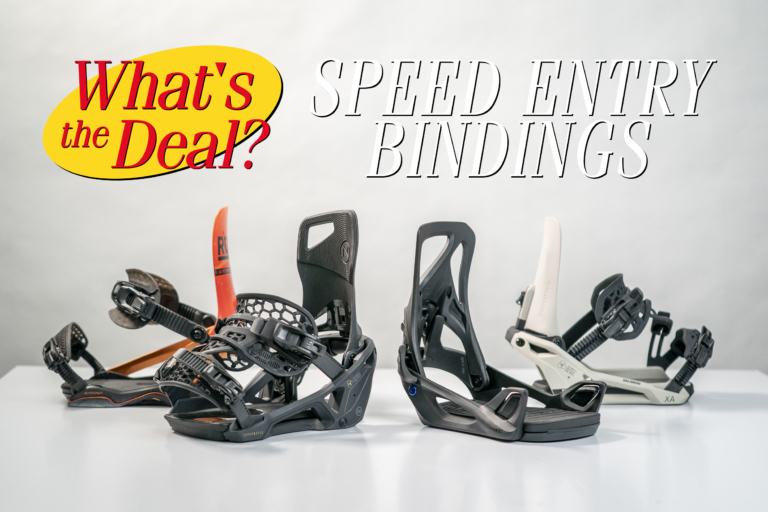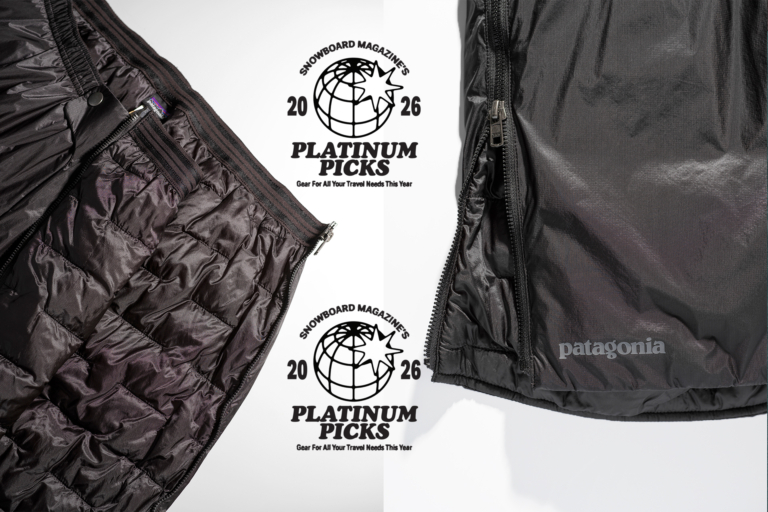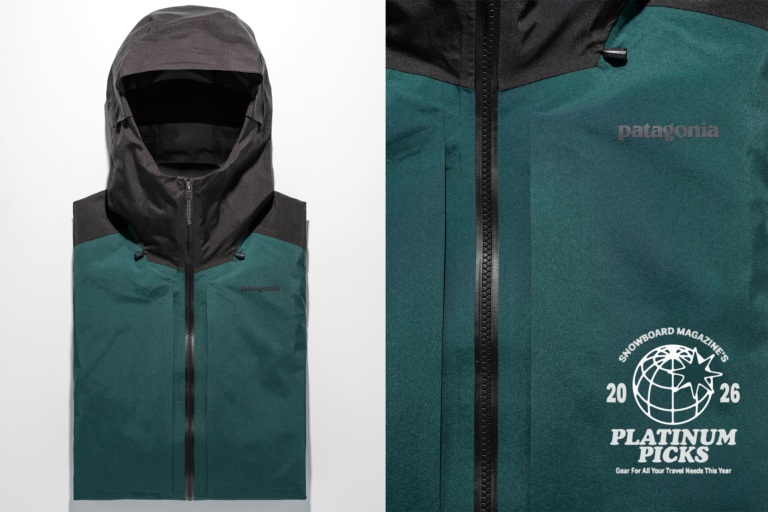What’s the Deal with Rome’s AuxTech?
How do you make a binding strap better? Easy. Science, baby!
Well, it wasn’t that easy, but Rome’s engineers hit the drawing board, looking to redesign their binding straps, specifically by implementing auxetic design.
Whaaaaaat?
The term auxetic is derived from the Greek word auxetikos, which translates to ‘that which tends to increase’. What exactly does that mean? As an auxetically-designed material is stretched laterally, instead of thinning out, its thickness actually increases.
Here’s how it works.
In a binding strap application, because of their auxetic shapes, as AuxTech straps are tightened and put under pressure, they do two things. First, due to the design’s inherent absence of material, the strap is more malleable, and form-fitting. Secondly, as the strap is stressed, due to its slight thickening as it flexes and stretches, it becomes stiffer, and more supportive.
With Rome’s auxetic toe straps, as each strap tightens, the auxetic pattern opens, allowing the strap to conform around the toe of your boot, for a seamless, secure interface.
AuxTech heel straps possess a quality that stiffens as the strap is flexed. In a more neutral position, they leave the work to your boots, but as the work load increases on heavy toe edge turns or hard landings, the additional flexing releases more feedback energy from the AuxTech heel strap pattern to give you more support.
Greek translation aside, it’s really auxome technology.

















